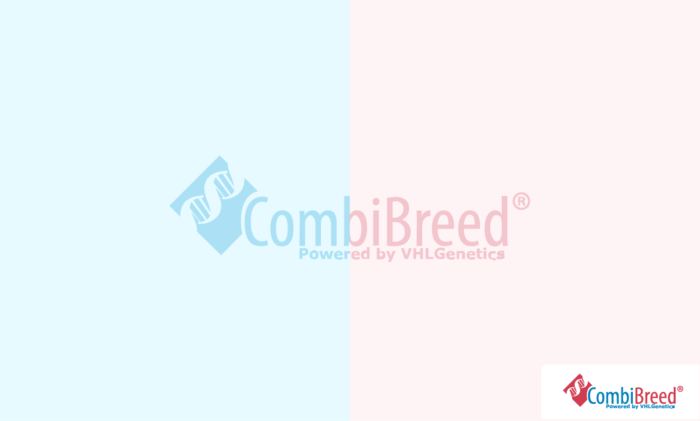
€57,48 €47,50 hors TVA
Cataract is characterized by clouding of the eye’s lens, which impairs vision and can lead to total blindness if the condition progresses.
10 working days
Excl €5,95 shipping and administration per order (incl. VAT)
Caractéristiques
| Breeds | |
|---|---|
| Gene | |
| Organ | |
| Specimen | Écouvillonnage, sanguin EDTA, sanguine hépariné, sperme, tissu |
| Mode of Inheritance | Autosomique récessif |
| Chromosome | 20 |
| Year Published |
Informations générales
Cataract is characterized by clouding of the eye’s lens, which impairs vision and can lead to total blindness if the condition progresses. The lens normally focuses light onto the retina, enabling clear vision. Cataract can develop due to aging, injury, underlying diseases or genetic defects and can occur in one eye or in both eyes. Cataracts are common in most dogs from around the age of seven onwards, to varying degrees, due to the natural aging process of the lens. This specific variant affects juvenile Wirehaired Pointing Griffons and is caused by an autosomal recessive mutation in the FYVE And Coiled-Coil Domain Autophagy Adaptor 1 (FYCO1) gene.
Caractéristiques cliniques
Affected dogs develop progressive lens opacities in both eyes that begin as cloudy spots in the lens and worsen over time. Clinical symptoms include clumsiness, imbalance, and difficulty navigating their environment. Progression lead to complete blindness, which has been observed already at 8 weeks of age in the original publication. However, it is unknown if progression is always this fast.
Additional Information
Références
Pubmed ID: 35205377
Omia ID: 2536